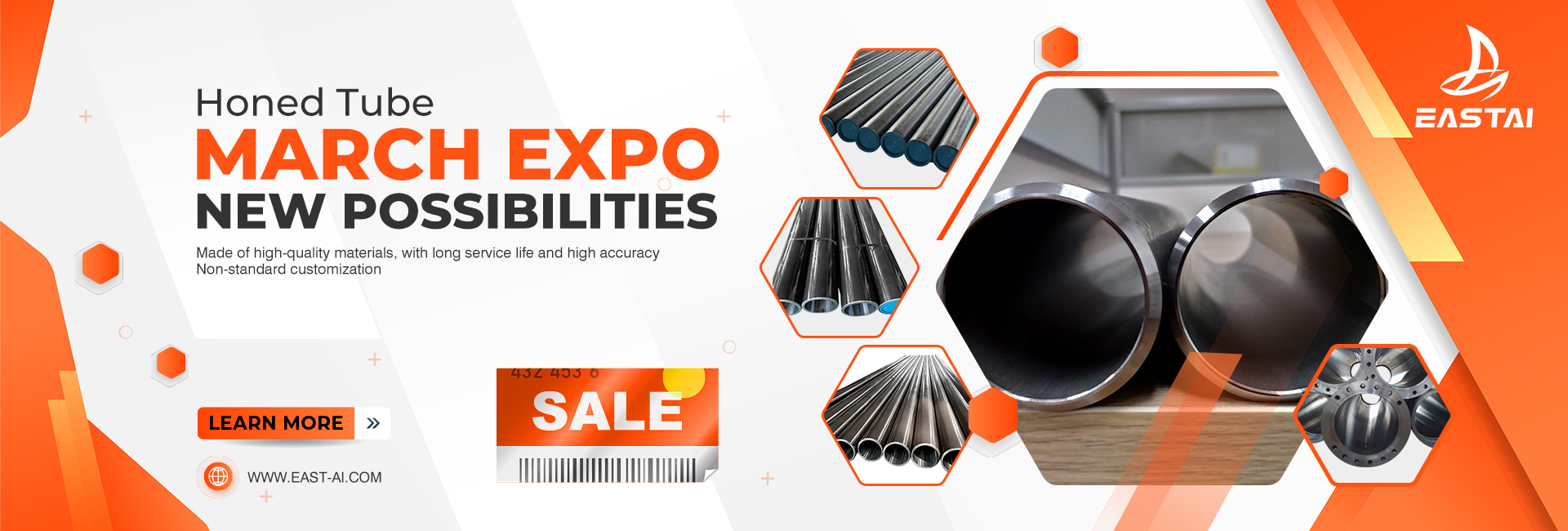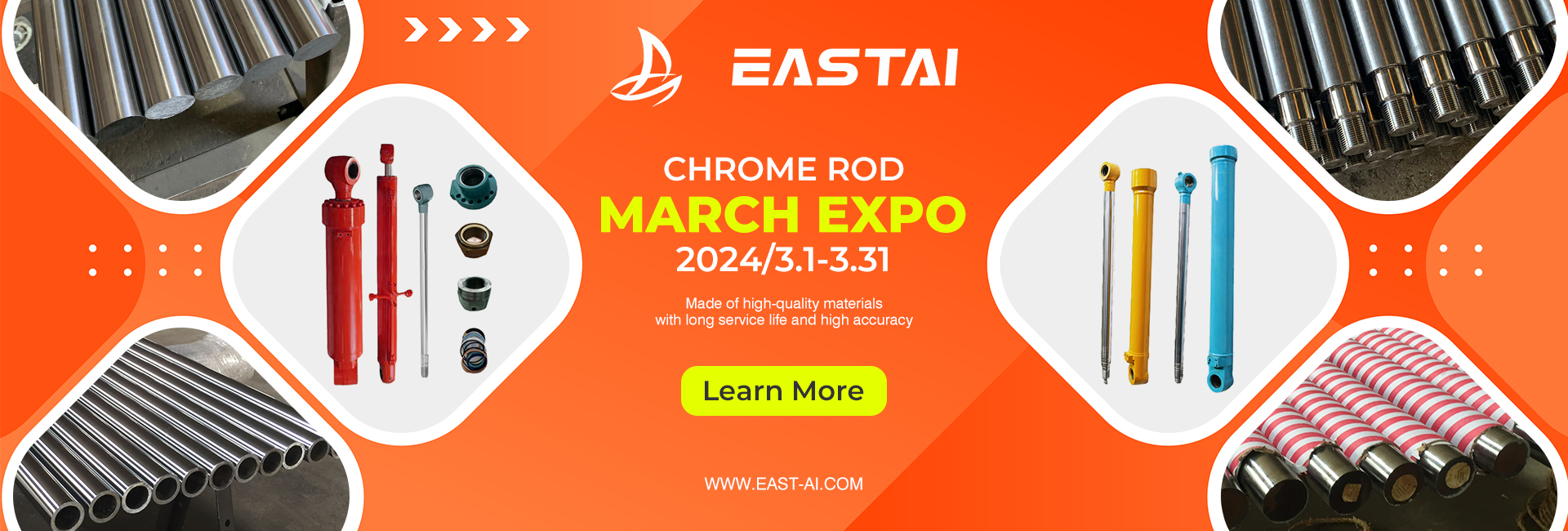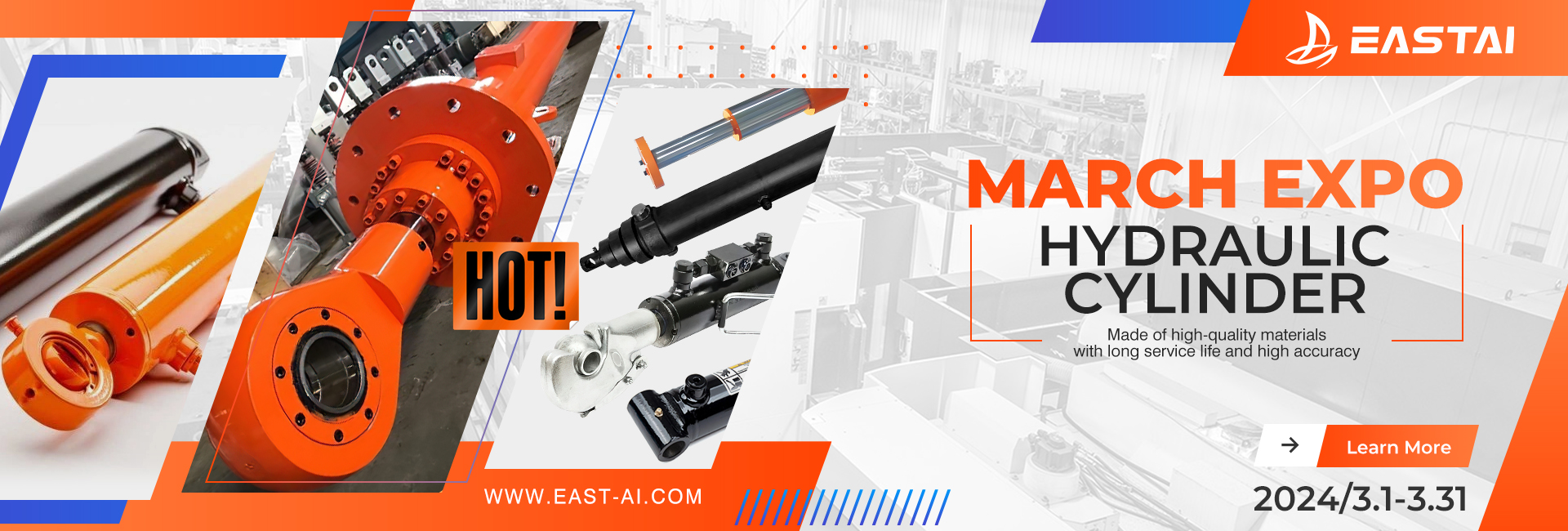visual inspection
For some relatively simple faults, parts and components can be inspected by means of sight, hand model, hearing and smelling. To repair or replace accessories; hold the oil pipe (especially the rubber pipe) by hand, when there is pressure oil flowing through, there will be a vibration feeling, but there will be no such phenomenon when no oil flows or the pressure is too low.
In addition, hand touch can also be used to judge whether the lubrication of hydraulic components with mechanical transmission parts is good. Feel the temperature change of the component shell with your hands. If the component shell is overheated, it means that the lubrication is poor; hearing can judge mechanical parts The fault point and damage degree caused by damage, such as hydraulic pump suction, overflow valve opening, component carding and other faults will make abnormal noises such as water impact or “water hammer”; some parts will be damaged due to overheating, poor lubrication and cavitation. If there is a peculiar smell due to other reasons, the fault point can be judged by sniffing.
swap diagnostics
When there is no diagnostic instrument at the maintenance site or the components to be inspected are too precise to be disassembled, this method should be used to remove the components suspected to be faulty and replace them with new ones or components of the same model that work normally on other machines for testing. Diagnosis can be made if the fault can be eliminated.
It may be troublesome to check the fault with the replacement diagnosis method, although it is limited by the structure, on-site component storage or inconvenient disassembly, etc., but for small and easy-to-use valves such as balance valves, overflow valves, and one-way valves It is more convenient to use this method to disassemble the components. The replacement diagnostic method can avoid the performance degradation of hydraulic components caused by blind disassembly. If the above-mentioned faults are not inspected by the replacement method, but the suspicious main safety valve is directly removed and disassembled, if there is no problem with the component, its performance may be affected after reinstallation.
Meter measurement inspection method
Judging the fault point of the system by measuring the pressure, flow and oil temperature of the hydraulic oil in each part of the hydraulic system. It is more difficult, and the size of the flow can only be roughly judged by the speed of the action of the actuator. Therefore, in on-site detection, more methods of detecting system pressure are used.
Failure, more common is the loss of hydraulic pressure. If it is found to be a hydraulic cylinder problem, it can be further processed:
In general, the leakage of hydraulic cylinders is divided into two types: internal leakage and external leakage. As long as we observe carefully, we can judge the cause of external leakage. It is more difficult to judge the cause of the internal leakage of the hydraulic cylinder, because we cannot directly observe the internal leakage.
One, external leaks.
1. The seal damage between the extending end of the piston rod and the piston rod is mostly caused by the roughening of the piston cylinder, and it is also caused by aging.
2. The seal between the extending end of the piston rod and the cylinder liner is damaged. This is mostly caused by the aging of the seal after long-term use. There are also many cases where the seal is squeezed and damaged by excessive force when the upper end cover is used. There are also many hydraulic cylinders produced in China. The manufacturer’s design is unreasonable, and in most cases, the manufacturer is to save costs.
3. Cracking of the inlet and outlet oil pipe joints of the oil cylinder will also cause leakage of the hydraulic oil cylinder.
4. Oil leakage caused by defects on the cylinder block or cylinder end cover.
5. The piston rod is pulled and has grooves, pits, etc.
6. The deterioration of the lubricating oil makes the temperature of the oil cylinder rise abnormally, which promotes the aging of the sealing ring.
7. Oil leakage caused by frequent use beyond the pressure range of the cylinder.
Two, internal leaks.
1. The wear-resistant ring on the piston is severely worn, causing friction between the piston and the cylinder liner, and finally straining the cylinder liner, piston and seal.
2. The seal fails after long-term use, and the piston seal (mostly U, V, Y-rings, etc.) is aging.
3. The hydraulic oil is dirty, and a large amount of impurities enter the cylinder and wear the piston seal to the point of damage, usually iron filings or other foreign matter.
3. Matters needing attention in the use of hydraulic cylinders.
1. During normal use, we should pay attention to protecting the outer surface of the piston rod to prevent damage to the seal from bumps and scratches. Now some construction machinery cylinders are designed with protective plates. Although there are, we still need to pay attention to prevent bumps and scratches. scratched. In addition, I also need to regularly clean the mud and sand on the dynamic seal dust-proof ring of the cylinder and the exposed piston rod to prevent the difficult-to-clean dirt pasted on the surface of the piston rod from entering the interior of the cylinder, which will cause the piston, cylinder or seal to be damaged. damage.
2. During normal use, we should also pay attention to frequently check the connecting parts such as threads and bolts, and fasten them immediately if they are found to be loose. Because the looseness of these places will also cause oil leakage of the hydraulic cylinder, which is well understood by those engaged in construction machinery.
3. Regularly lubricate the connecting parts to prevent corrosion or abnormal wear in the oil-free state. We also need to pay attention. Especially for some parts with corrosion, we should deal with them in time to avoid oil leakage of hydraulic cylinders caused by corrosion.
4. During normal maintenance, we should pay attention to regular replacement of hydraulic oil and timely cleaning of the system filter to ensure the cleanliness of hydraulic oil, which is also very important for extending the service life of hydraulic cylinders.
5. During normal work, we must pay attention to controlling the system temperature, because too high oil temperature will reduce the service life of the seal, and long-term high oil temperature will cause permanent deformation of the seal, and in severe cases, the seal will fail.
6. Usually, every time we use it, we need to conduct a trial run of full extension and full retraction for 3-5 strokes before working. The purpose of doing this is to exhaust the air in the system and preheat each system, so as to effectively avoid the existence of air or water in the system, causing gas explosions in the cylinder body, which will damage the seals and cause internal leakage of the cylinder, etc. Fault.
7. After each work is completed, we need to pay attention to keep the big and small arms and buckets in an optimal state, that is, to ensure that all the hydraulic oil in the hydraulic cylinder is returned to the hydraulic oil tank to ensure that the hydraulic cylinder is not under pressure. Because the hydraulic cylinder is under pressure in one direction for a long time, it will also cause damage to the seal.
Post time: Feb-02-2023




